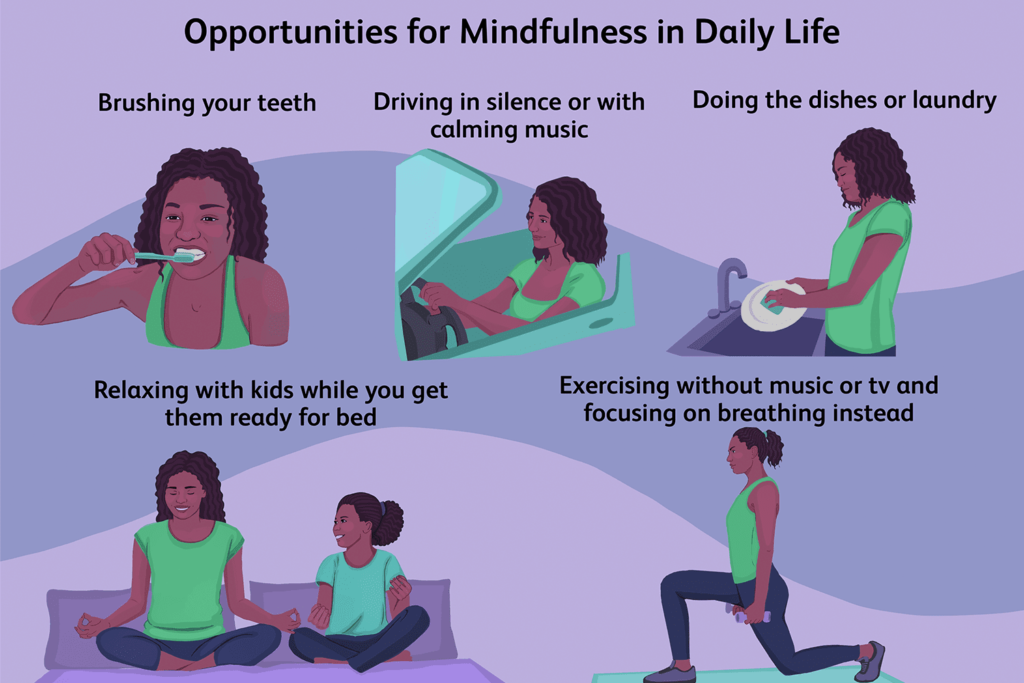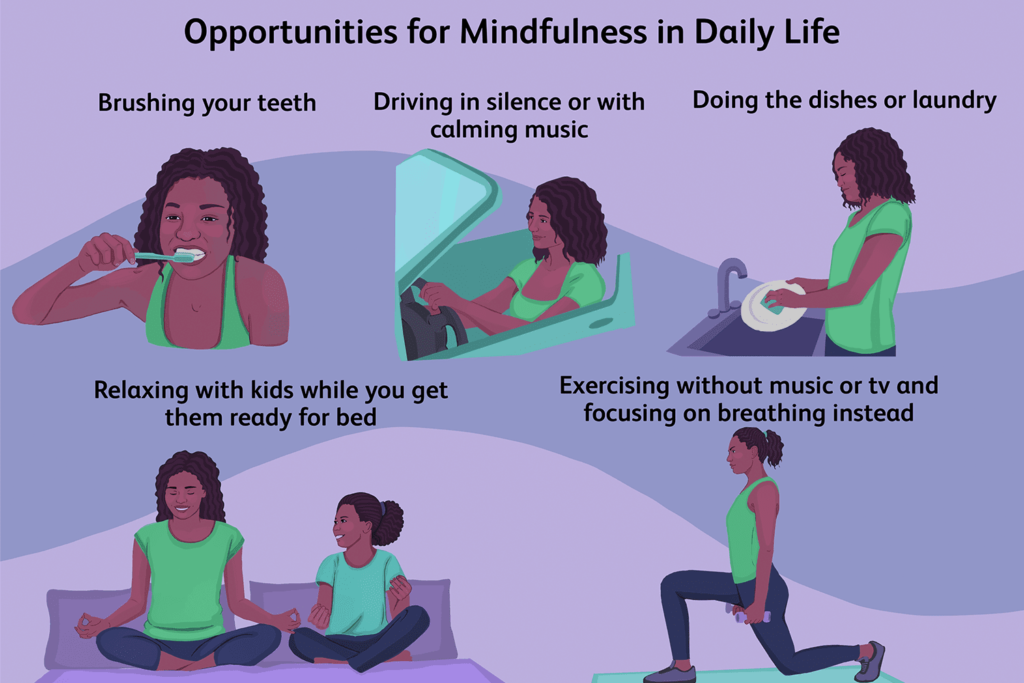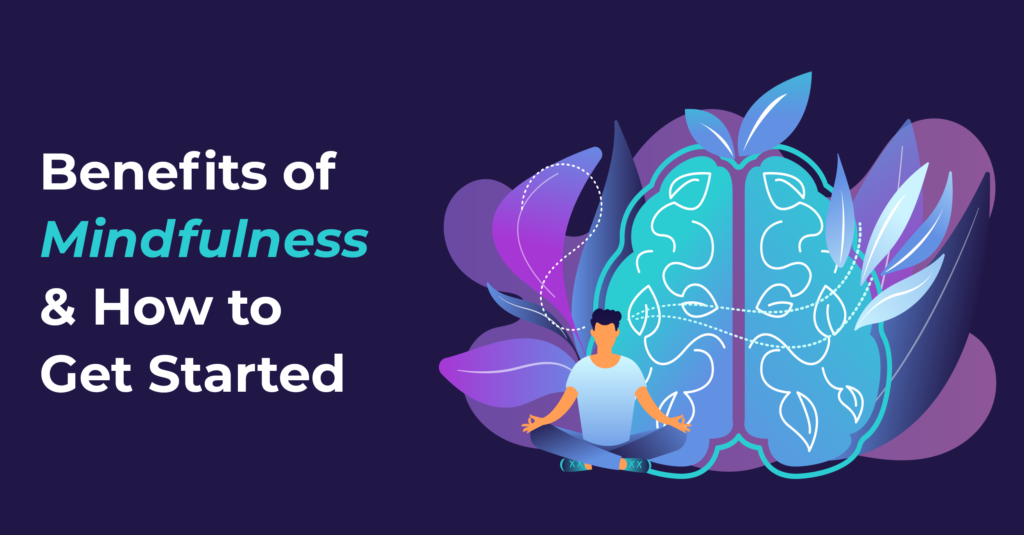
Understanding Meditation
What is meditation?
Meditation is a practice that involves training your mind to focus and redirect your thoughts. It is about being present and accepting your current situation as it is, without judgement or attachment. Contrary to popular belief, there is no “right” way to meditate. It is a personal journey that varies from person to person.
The importance of meditation
Maintaining a consistent meditation routine can be challenging in our daily lives. However, taking the time to meditate can have numerous benefits for your mental, emotional, and physical well-being. It helps to reduce stress, increase self-awareness, improve concentration, and promote a sense of inner peace.
Benefits of meditation
Meditation provides a wide range of benefits. By incorporating visualization techniques, you can imagine specific images or colors during meditation, promoting relaxation and focus. Chanting helps to focus the mind and create vibrations throughout the body, enhancing the overall meditation experience. Counting breaths from 1 to 10 provides structure and improves your ability to concentrate. Yoga nidra, a lying down meditation technique, aids in relaxation and rejuvenation. Focusing on sensations in your body helps to ground and connect you to the present moment. Lastly, moving with meditation, such as through walking or yoga, can be an alternative for those who struggle with sitting still.
With these strategies in mind, you can make meditation easier and incorporate it into your current situation to find peace and serenity amidst the chaos of daily life.

This image is property of www.verywellmind.com.
## Challenges of Daily Meditation
Maintaining a consistent routine
In our current situation, maintaining a consistent meditation routine can be quite challenging. With the demands of daily life, it can be difficult to set aside dedicated time for meditation. However, creating a regular schedule and sticking to it can help you prioritize your practice. Consider finding a time that works best for you, whether it’s early morning, during lunch breaks, or before bed. By committing to a specific time, you are more likely to make meditation a consistent part of your daily routine.
Time constraints
Time constraints often pose a significant obstacle to meditation. It is common to feel as though there are not enough hours in the day to fit in a meditation session. However, you don’t need to spend hours meditating to experience its benefits. Even just a few minutes of mindful breathing or focusing on sensations can be beneficial. Remember that any amount of time spent in meditation is better than none at all.
Distractions and interruptions
Another challenge that arises during meditation is the presence of distractions and interruptions. Whether it’s a ringing phone, a noisy neighbor, or your own wandering thoughts, distractions can make it hard to stay present and focused. To overcome this, try creating a conducive environment for meditation. Find a quiet space, turn off electronic devices, and let those around you know that you need some uninterrupted time. Additionally, consider using techniques like visualization or chanting to anchor your attention and prevent distractions from taking over.
While there are challenges to maintaining a consistent meditation routine, with dedication and perseverance, you can overcome them. By setting a routine, making the most of your available time, and minimizing distractions, you can cultivate a regular practice and reap the numerous benefits of meditation. So, don’t be discouraged by these challenges; instead, see them as opportunities for growth and greater self-awareness. Start your meditation journey today and embrace the present moment with open arms.

This image is property of www.claritychi.com.
## Being Present in Meditation
Learning to be with our current situation
In our fast-paced and often overwhelming lives, finding time for meditation can be a challenge. However, meditation is all about learning to be present in our current situation, no matter how chaotic it may be. It’s about finding a sense of peace and calm amidst the chaos. There is no “right” way to meditate, so it’s important to find the techniques that work best for you.
Embracing the present moment
One strategy to make meditation easier is visualization. This involves imagining specific images or colors during your practice, helping to focus your mind and create a sense of tranquility. Another technique is chanting, which can help you stay focused and create vibrations throughout your body, promoting a deeper connection to the present moment. Counting your breaths from 1 to 10 is another helpful method, providing structure and improving your focus.
Letting go of expectations
Yoga nidra, a lying down meditation technique, can be a wonderful tool for relaxation and rejuvenation. By focusing on sensations in your body, you can ground yourself and connect deeply with the present moment. And for those who struggle with sitting still, moving with meditation through activities like walking or yoga can be a great alternative.
Incorporating these strategies into your meditation routine can help you be more present in your current situation, enhancing your overall well-being and inner peace. Embrace the present moment, let go of expectations, and find the meditation techniques that resonate with you.
Different Techniques in Meditation
Maintaining a consistent meditation routine can be challenging in our busy lives. However, learning to be present in our current situation is essential for cultivating a sense of calm and clarity. The good news is that there is no “right” way to meditate, and you can explore various techniques to find what works best for you.
Visualization
One technique to enhance your meditation practice is visualization. During meditation, you can imagine specific images or colors that bring a sense of peace or tranquility. Picture yourself in a serene natural setting or visualize a radiant light surrounding your body. By engaging your imagination, visualization can help enhance focus and relaxation.
Chanting
Another effective method to deepen your meditation experience is chanting. Chanting involves repeating a mantra or a specific phrase to help focus the mind and create vibrations throughout the body. The rhythmic repetition of sounds can generate a sense of harmony and connection, allowing you to enter a more meditative state.
Counting Breaths
For those seeking structure and improved focus in their meditation practice, counting breaths can be beneficial. Simply count your breaths from one to ten, focusing your attention on each inhalation and exhalation. This technique can help anchor your awareness in the present moment and prevent distracting thoughts from taking over.
Yoga Nidra
If relaxation and rejuvenation are your goals, consider exploring yoga nidra, a lying down meditation technique. Also known as “yogic sleep,” yoga nidra guides you into a state of deep relaxation while remaining conscious. This practice can help relieve stress, release tension, and promote a restorative state of mind and body.
Focusing on Sensations
Another way to cultivate presence during meditation is by focusing on sensations in the body. Pay attention to subtle bodily sensations like the feeling of breath moving in and out or the weight of your body on the ground. Anchoring your attention to physical sensations can ground you and bring you into the present moment.
Moving with Meditation
For those who struggle with sitting still, moving with meditation can be an alternative approach. Engaging in mindful movement, such as walking meditation or practicing yoga, allows you to integrate the benefits of meditation into your daily activities. This active form of meditation can help you find stillness and focus while incorporating movement.
By exploring these various techniques, you can develop a meditation practice that suits your needs and preferences. Remember, meditation is a personal journey, and experimenting with different methods is key to finding what works best for you. So, embrace the present moment and embark on your meditation journey with an open mind and a willingness to discover what brings you peace and presence.

This image is property of www.mindful.org.
## Visualization in Meditation
Visualization is a powerful technique that can enhance your meditation practice and help you be more present in your current situation. By using specific images or colors, you can deepen your focus and create a sense of calm within yourself.
Using specific images or colors
During meditation, you can imagine specific images or colors to aid in your concentration. For example, you could visualize a serene beach with the sound of waves crashing or a vibrant green meadow filled with fragrant flowers. The key is to choose images or colors that resonate with you and evoke feelings of peace and tranquility.
Benefits of visualization
Visualization can have numerous benefits for your meditation practice. It can help you stay focused, as the images or colors provide a point of reference for your attention. Additionally, visualization can enhance relaxation and reduce stress by creating a sense of calm within your mind and body.
Techniques for visualization
There are various techniques you can employ to incorporate visualization into your meditation. One approach is to close your eyes, breathe deeply, and visualize your chosen image or color in great detail. Another technique involves focusing on an object or picture in front of you and mentally immersing yourself in it.
By incorporating visualization into your meditation routine, you can deepen your mindfulness practice and cultivate a greater sense of presence. So, why not give it a try and explore the power of visualization in enhancing your meditation experience?
Chanting in Meditation
The Power of Chanting
One effective strategy to enhance your meditation practice is chanting. Chanting involves repeating a specific sound or phrase, such as “Om” or a mantra, to help focus your mind and bring about a sense of calm and relaxation. The rhythmic repetition of these sounds creates vibrations that can resonate throughout your body, promoting a deeper connection to your inner self.
Creating Vibrations and Focus
When you chant, the vibrations produced by your vocal cords stimulate the body’s energy centers, known as chakras. This can help unblock any stagnant energy and restore balance within. Additionally, the act of chanting requires concentration, anchoring your attention to the present moment. As you continue chanting, distractions fade away, allowing you to cultivate a peaceful state of mind.
Chants for Meditation
There are various chants you can incorporate into your meditation session, depending on your personal preferences. Sanskrit chants like “Om” or “Om Namah Shivaya” are popular choices as they are believed to have profound spiritual meanings. Alternatively, you can choose simple affirmations, such as “I am calm and centered,” to align your thoughts with positivity and tranquility.
Chanting can be a powerful tool to deepen your meditation practice. By creating vibrant vibrations and fostering focus, it helps create a tranquil space within yourself. So, next time you meditate, consider incorporating chants to enhance your experience and fully embrace the present moment.
This image is property of i.insider.com.
## Counting Breaths in Meditation
Structuring the meditation practice
Counting breaths is a common technique used in meditation to provide structure and improve focus. As simple as it sounds, it can be a powerful tool to enhance your meditation experience. Begin by finding a comfortable position, whether sitting or lying down. Take a few deep breaths to settle into the present moment. Then, start counting each breath from 1 to 10, repeating the cycle as necessary.
Improving concentration
Counting breaths helps train your mind to stay present and focused. It acts as an anchor, redirecting your attention whenever your mind wanders. By continually bringing your awareness back to the breath, you strengthen your ability to concentrate and remain grounded in the present moment. Regular practice will cultivate a more alert and attentive mind.
Tips for counting breaths
To make the most of this technique, remember to count each breath silently in your mind. Avoid attaching any judgment or evaluation to the numbers, simply observe them as they naturally unfold. If you lose count, gently start again from one. As you progress, you may find that the counting becomes secondary, and your attention effortlessly rests on the breath.
Incorporating counting breaths into your meditation routine can help you develop a deeper sense of presence and awareness. Experiment with this technique and discover the transformational benefits it can bring to your practice.

This image is property of i0.wp.com.
## Yoga Nidra: Lying Down Meditation
Relaxation and rejuvenation
In our busy lives, finding moments of true relaxation and rejuvenation can be a challenge. This is where yoga nidra, also known as lying down meditation, comes in. By allowing yourself to fully surrender and lie down, you can experience deep relaxation and recharge both your body and mind.
Step-by-step guide to practicing yoga nidra
To start practicing yoga nidra, find a comfortable place to lie down, preferably on a yoga mat or a soft surface. Close your eyes and begin by focusing on your breath, allowing it to naturally flow in and out. As you deepen your breathing, bring your attention to different parts of your body, slowly relaxing each one. You can use a guided meditation or simply observe the sensations in your body.
Continue the practice by visualizing calming images or colors. Imagine yourself in a peaceful setting and allow your mind to wander. At the end of the practice, slowly open your eyes and come back to your surroundings, taking a few gentle stretches before returning to your daily activities.
Benefits of yoga nidra
Yoga nidra offers a multitude of benefits, including reduced stress and anxiety, improved sleep quality, increased self-awareness, and enhanced focus and concentration. This practice allows you to dive deep into your subconscious, helping you release deep-rooted tension and connect with your true self.
By incorporating yoga nidra into your meditation routine, you can enhance your ability to be present in the current moment, cultivating a sense of inner calm and peace.
Remember, there is no right or wrong way to practice yoga nidra. Find what works best for you and allow yourself to fully embrace the experience, knowing that the benefits will extend beyond your meditation cushion.
Connecting to the present moment
In our fast-paced lives, it can be difficult to truly be in the present moment. However, focusing on sensations during meditation can help anchor you to the here and now. By redirecting your attention to the physical sensations in your body, you can cultivate a deep sense of presence.
Awareness of the body
Start by bringing your full attention to your body. Feel the weight of your body pressing against the chair or the ground beneath your feet. Notice the contact between your skin and your clothing. Shift your attention to internal sensations such as the rise and fall of your chest as you breathe, the beat of your heart, or the warmth or coolness coursing through your veins. Allow yourself to fully experience these sensations without judgment or interpretation.
Methods to focus on sensations
To enhance your awareness of sensations, you can experiment with different techniques. One approach is to scan your body systematically, slowly moving your attention from the top of your head to the tips of your toes. As you do this, notice any areas of tension or discomfort and gently release them. Another method involves mentally noting the sensations as they arise and pass. For example, if you feel a tingling sensation in your hands, acknowledge it and let it go.
By immersing yourself in the sensory experience of your body, you can immerse yourself fully in the present moment, facilitating a deeper and more meaningful meditation practice.
Conclusion
The importance of being present in meditation
In our modern and busy lives, maintaining a consistent meditation routine can be a challenge. However, learning to be present in our current situation is essential for finding inner peace and relaxation. When we meditate, we learn to accept our circumstances as they are, without judgment or attachment. This practice allows us to let go of distractions and connect with our true selves.
Exploring different techniques for a personalized practice
Meditation is a deeply personal experience, and there is no “right” way to do it. To make the process easier, you can explore various techniques that resonate with you. Visualization involves creating mental images or focusing on specific colors to enhance your meditation experience. Chanting can help quiet the mind and generate positive vibrations throughout your body. Counting your breaths from 1 to 10 provides structure and improves your focus. Yoga nidra, a lying down meditation technique, promotes relaxation and rejuvenation. Focusing on sensations in your body grounds you and helps you connect with the present moment. If sitting still is challenging for you, consider moving meditations like walking or yoga.
In summary, the path to meditation is a personal journey, and it is essential to find what works best for you. By practicing different techniques and being present in your current situation, you can cultivate a consistent meditation practice that brings you peace and tranquility.
